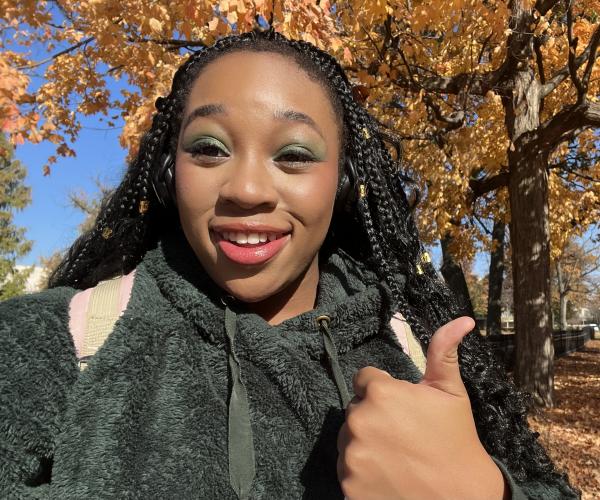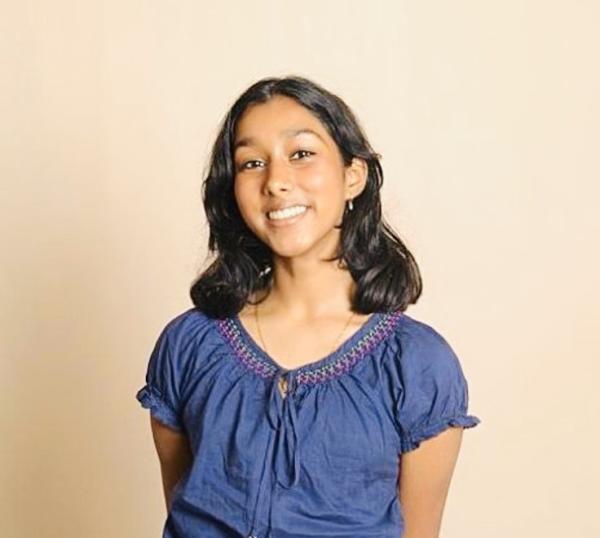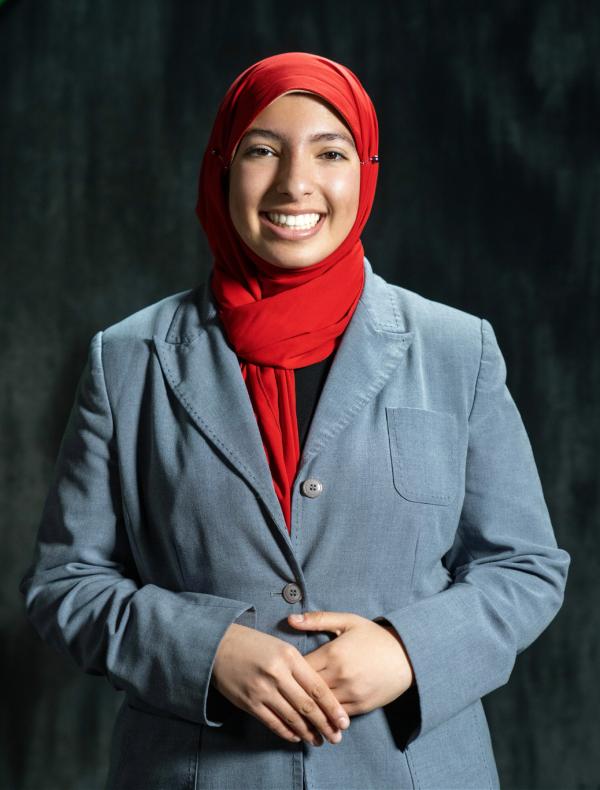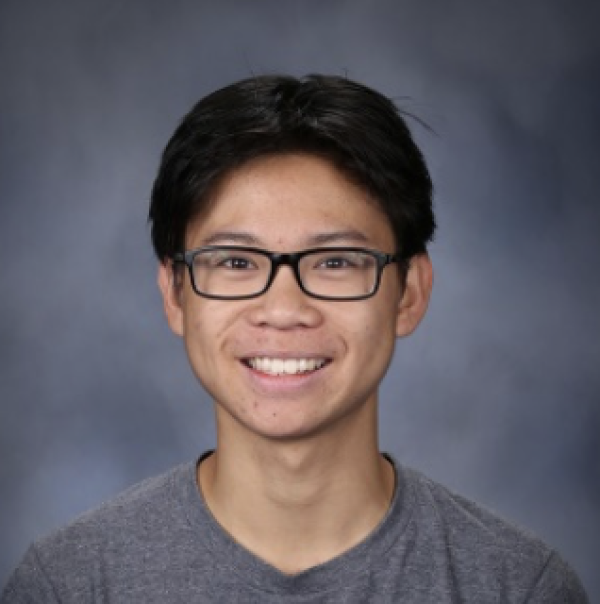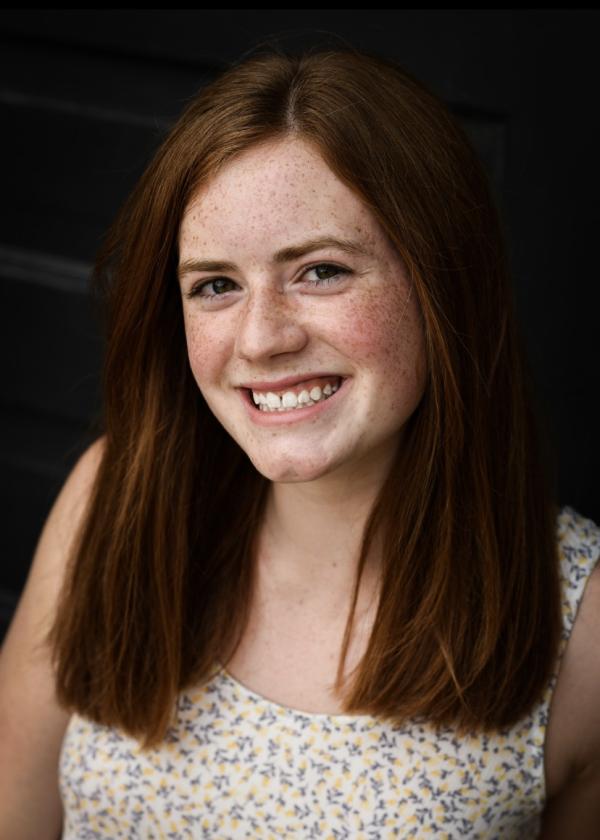November 14, 2023
Finding Your ‘Slant’: Youth Ambassadors Raise Voices for Tobacco and Vaping Prevention
Youth ambassadors share how peers can get involved in tobacco and vaping prevention, and ways school and district leaders can partner with students to create tobacco-free environments.
How can the inclusion of youth perspectives help address the dangers of tobacco use and vaping? Alliance for a Healthier Generation recently teamed up with The Campaign for Tobacco-Free Kids to answer this question and more – through the eyes of student advocates.
The listening session consisted of a “buddy activity” in which the advocates, who are also National Youth Ambassadors with Tobacco-Free Kids, answered a series of questions and discussed how they speak up in support of tobacco-free and vape-free school environments.
Several impactful themes emerged from the session, including finding your “slant” (or niche) in tobacco advocacy, the importance of partnerships, self-efficacy, and supporting youth involvement in creating policies to reduce tobacco use and vaping, which is prevalent among youth.
In this listening session recap, Ify Chidi, college sophomore in Ohio; Rukaya Alrubaye, medical student in Missouri; Sloane Sinkule, high school senior in Georgia; Courtney Sweet, high school senior in Iowa; Anjana Kailasanath, high school junior in New Jersey; and Connor Lam, high school junior in California, share how peers can get involved in tobacco prevention, and ways school and district leaders can encourage students!
Q: Think holistically about your engagement and involvement as youth in tobacco or other policy development in school. What advice would you give a friend your age who wanted to take the initiative to get involved?
Ify, Rukaya and Sloane:
“Make prevention fit for you: meaning it doesn’t have to be cut and dry - make it fun and creative.”
- “Take advantage of opportunities.”
- “Reach out to your county health office.”
- “Don’t hesitate or be afraid to get involved.”
- “Join The Campaign for Tobacco Free Kids.” :)
- “Keep an open mind.”
Courtney:
- “Take a leadership role to lead others and have the greatest impact.”
- “Find an individual or organization to partner with (school, community, state or national).”
- “Don't give up — keep looking for support and others to help you achieve your goals.”
Anjana and Connor:
“Find your slant in advocacy. Essentially, you want to find your niche. For example, if you’re an artistic or tech savvy person, focus on social media promotion. If you’re interested in law, focus on policy change operations. If you’re more organizational, learn more about planning events."
- “Joining a public club at school, city councils that meet up on issues, and/or joining an outside organization could be a good next step. Check out organizations like the Truth Initiative or The Campaign for Tobacco Free Kids to begin training and having direction in making change in your community!”
- “Find out more about tobacco issues in your state.”
Q: What have you learned from things that worked well or that didn’t work as well as you thought they would?
Ify, Rukaya and Sloane:
- “Keep trying.”
- “Talking to others isn’t as scary as it might seem initially.”
- “Teamwork makes the dream work.”
- “Positive reinforcement works better than negative reinforcement.”
- “Don’t be afraid to put yourself out there.”
- “Be empathetic. Put yourself in others’ shoes.”
- “Try to appeal to specific audiences.”
- “Golden rule: Treat others how you want to be treated.”
Courtney:
“Try to “reverse the norm” – show that you are not alone.”
- “Be persistent. Stay true to your ideas and find a way.”
- “Don’t give in to group peer pressure.”
Anjana and Connor:
“If you feel distressed, you’re definitely not alone. It’s a long, arduous process and we’re all in this together. “
- “Incentives work well. People will be more active and competitive to win incentives.”
- “Logistics are important for event planning. For example, timing might conflict with a football game, which could prevent people from coming to your event.”
- “Patience. Change takes time! It may not come as easy or fit the timeline you want.
Q: What advice would you give school and district leaders about how they can show support for youth leadership in developing policy?
Ify, Rukaya and Sloane:
- “Students should remind school leaders of their priorities and commitment, so they know how much you care.”
- “School leaders should work with youth so there isn’t a disconnect between different ages and maturity."
Courtney:
"Let the youth lead. Tobacco education is more beneficial if it’s peer-to-peer.”
- “Have an outlet for students to reach out and form groups to talk about tobacco use and potential policies that can solve issues.”
- “Less reprimanding of students and youth for tobacco use. Instead, try to address the root of the problem and take a more inclusive approach (ie: My Life, My Quit, etc.)”
Anjana and Connor:
- “Encourage opportunities by creating a student position on new committees.”
- “Open district funding to student council organizations.”
- “Reach out to policymakers even if you think it will be to no avail. There are usually government websites where you can contact your legislator. Even a 15-minute meeting can go a long way!”
Q: If schools could do one or two things to engage youth in tobacco policy development, what should they most definitely do to support youth activation? If schools wanted advice on something they should stop doing, what would you tell them?
Ify, Rukaya and Sloane:
“Educators should keep in mind that student preventionists are trying to help improve school safety and health.”
- “Offer help instead of punishment.”
- “Make resources accessible to all students.”
- “Put the student first, including mental health, home life, etc.”
- “Educate your students and staff equally.”
Anjana and Connor:
- “Have more space for no smoking/vaping signs.”
- “The school board and school itself should be open to change. Go to a board meeting! Voice your thoughts in a public hearing.”
- “Have a master list of existing policy and allow people who want to make change to add input.”
Interested in how you can prevent tobacco use and vaping? Learn more about the Tobacco-Free Kids National Youth Ambassador Program and Youth Advocacy Trainings.
Additional Resources
In partnership with CVS Health Foundation, Healthier Generation has free tools to support tobacco-free environments. Learn more at our Tobacco-Free and Vaping-Free Resource Hub.
Check out the “Centering Youth Voice: Reflections from a Youth-Led Tobacco Control Workshop” blog post.



